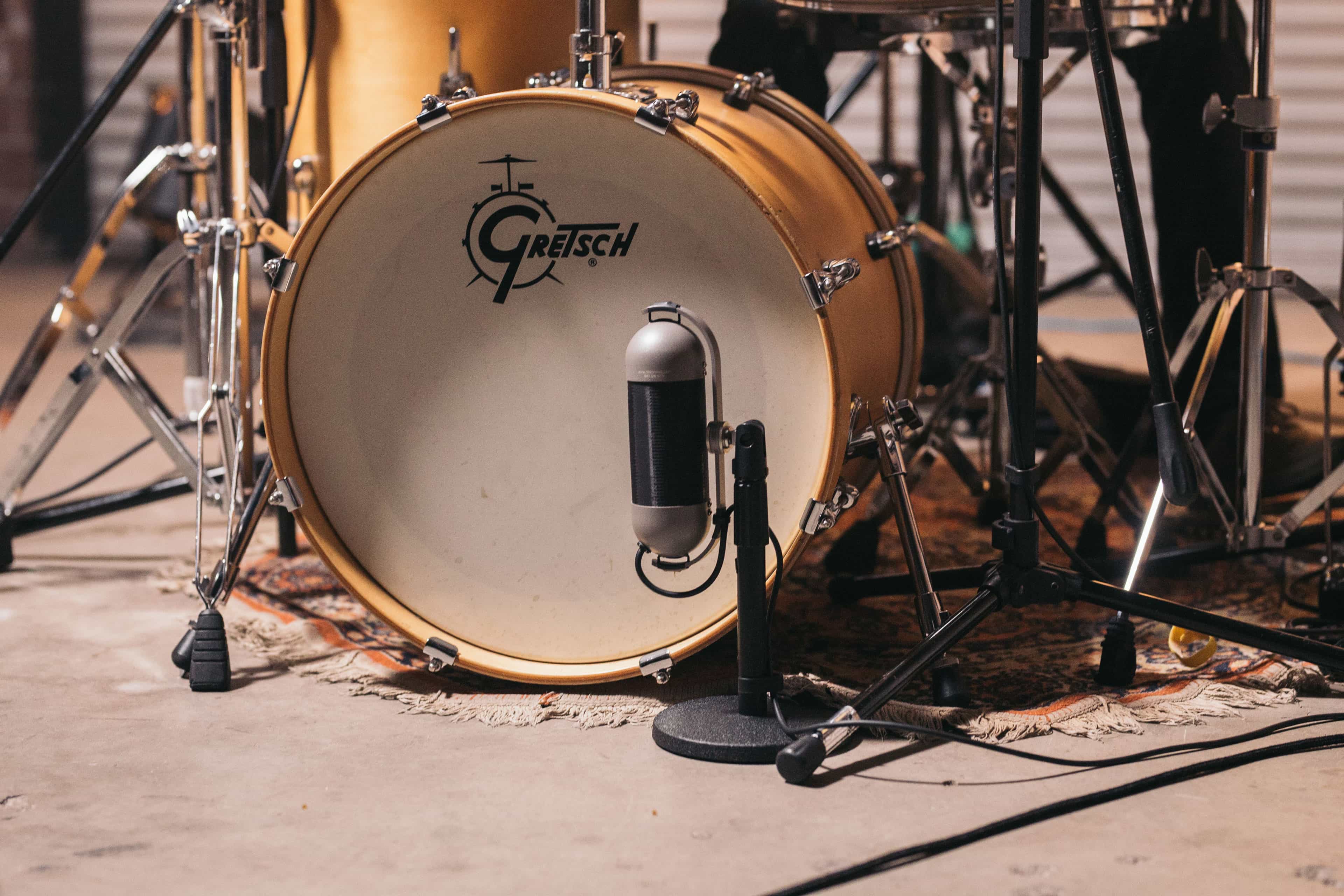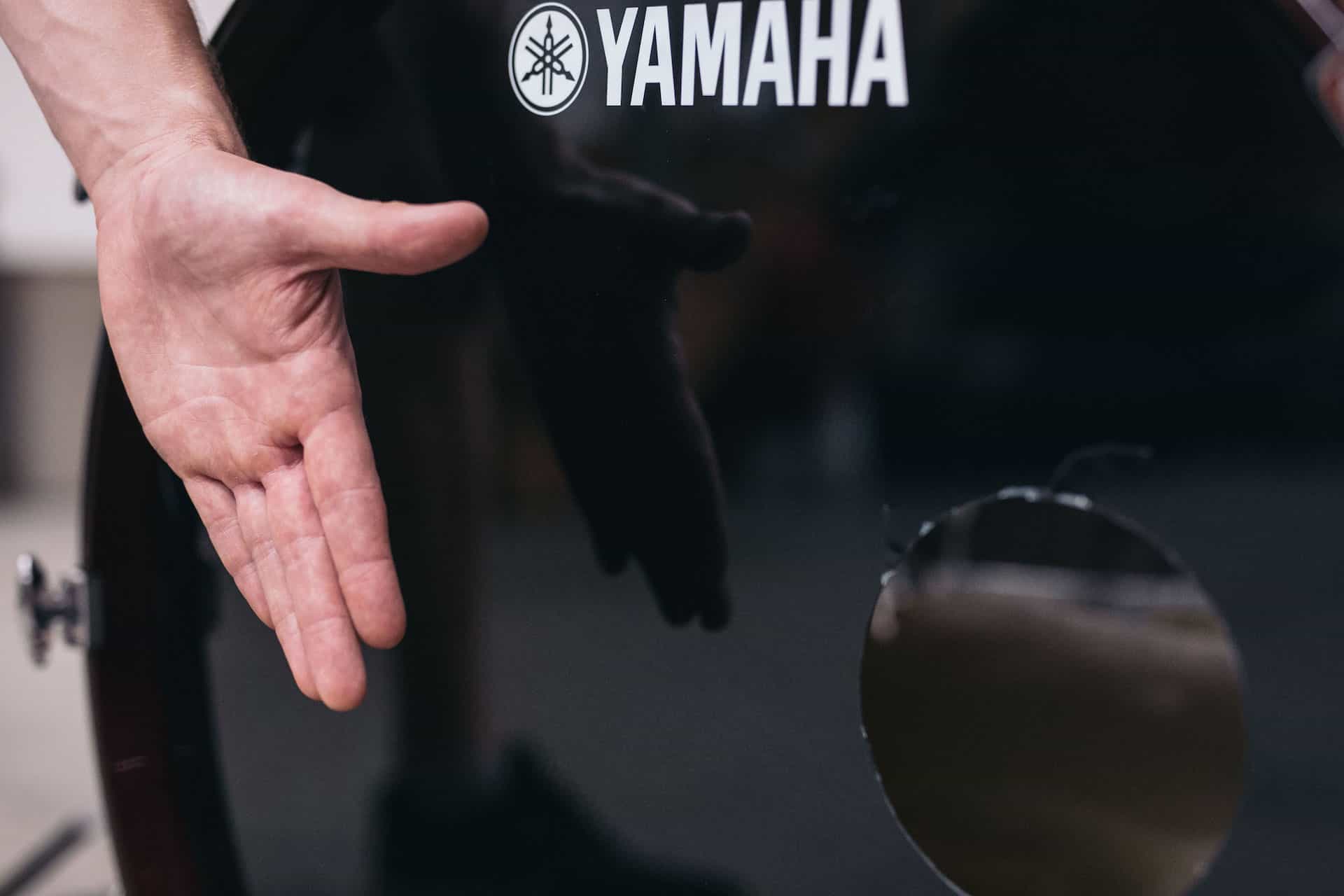BEHIND THE MIC: THE AEA TRP RIBBON MICROPHONE PREAMPS


“Whisper in the presence of ribbons.”
“Don’t use ribbons on loud instruments.”
“Shutting a door will destroy your ribbon mic.”
These are some comments most of us have heard about ribbon microphones, but is there any truth to them?
One of the enduring misconceptions about ribbon microphones is that they are extremely fragile. People often correlate the ultra-thin ribbon element with a higher risk of tearing and breaking. Though ribbon mics may not be able to withstand as much abuse as dynamics, they are still some of the most durable mics out there. AEA’s modern ribbon mics are more rugged than ever, and when taken care of, will perform beautifully as long you need them to.
Follow these guidelines and your ribbon mics will last a lifetime:
With the exception of the SM57, which was built to sustain abuse, this rule applies to ANY microphone, including condensers. AEA’s modern ribbon mics are among the most durable in production and though they can withstand small drops, we of course recommend you treat it with care and mount it on a sturdy mic stand when in use.
When you are not using your mic or if you’re transporting it, store it in the AEA foam-lined case, inside the included plastic bag. This will keep dust and fine pieces of “tramp iron” floating through the air from sticking to the strong magnets surrounding the ribbon. Over time, this fine, dust-like metal can build up sufficiently in the magnetic gap to rub against the ribbon causing distortion, electrical shorts or tearing of the ribbon.
This can come from air-conditioning systems, strong gusts of wind, and instruments that produce moving air. Be careful of “explosive” sources that produce a strong blast of air. These can include the bass port on an electric guitar or bass amp, a guitar being plugged (or unplugged) while the amp level is turned fully up or an on-axis kick-drum, particularly with a port on the front head. Any of these can be potentially damaging if a strong gust of wind directly hits the ribbon.
This doesn’t mean that you shouldn’t use your ribbons on kick drum or bass amps. Just position your ribbon mic so that it avoids the direct wind impact. Ribbons are some of the best mics out there to capture these instruments.

For ribbon users unsure about how much air is hitting the microphone, place the back of your hand where the microphone is going to be the hand test. If you can feel significant air blasts, angle the microphone or use a pop screen to avoid direct hits. It’s that simple.

On passive ribbon mics, be careful about engaging phantom power, especially when you have a broken cable or when you “hot patch” the mic input on a TRS patch bay. An accident can easily destroy a ribbon. Active ribbon mics are designed for 48-phantom power. It is best to plug the active microphone in first and then engage phantom power.
This video, shot at 420 FPS, shows the ribbon bouncing in the transducer. This is what could happen when phantom power is applied and the cable is shorting pin1 to pin 2.
Outside of these common-sense rules, there’s not much you can do to hurt a ribbon microphone. Almost any sound being recorded in the studio will not be loud enough to hurt a modern ribbon mic. In fact, AEA ribbons have a higher SPL than most condenser microphones.
Positioning a ribbon mic right up against a source — as long as there is no direct air hitting the ribbon — is fine. In terms of frequency response, it is subjective where the ribbon mic is positioned.
AEA makes near-field microphones like the KU5A, R92, and N22 that are more durable than other ribbons and are designed to be used up against the source while retaining a balanced frequency response. But all of AEA’s ribbons, including our far-field and active models, can withstand the volume of an instrument from right up against it. It is common to see AEA ribbons used on the road with touring artists everywhere from clubs to outdoor music festivals like Coachella.
Follow these basic rules to protect the ribbon element and then experiment. Ribbon mics offer a rich palette of options to create a unique sound. Don’t be afraid to use the microphone.